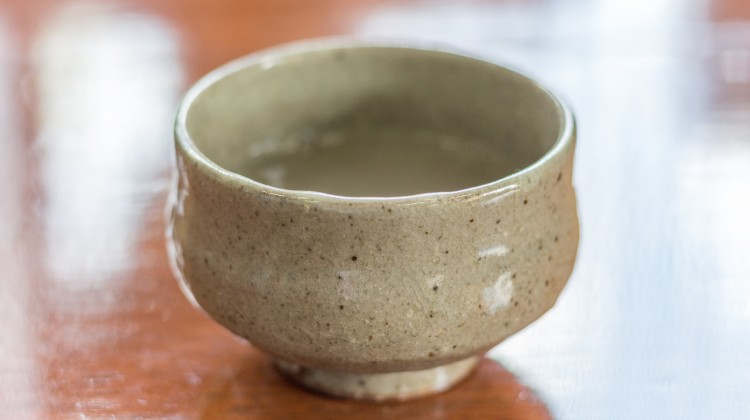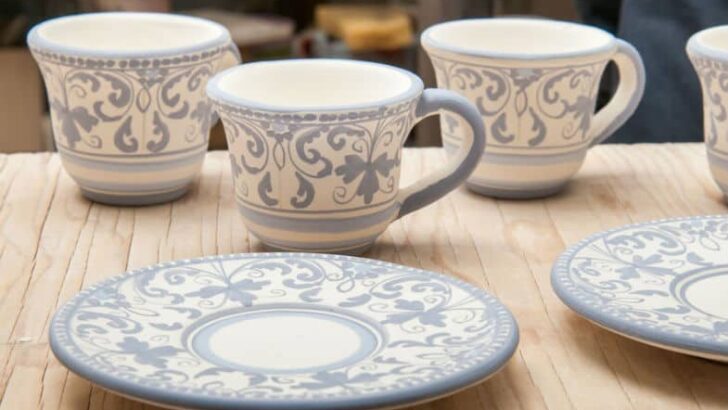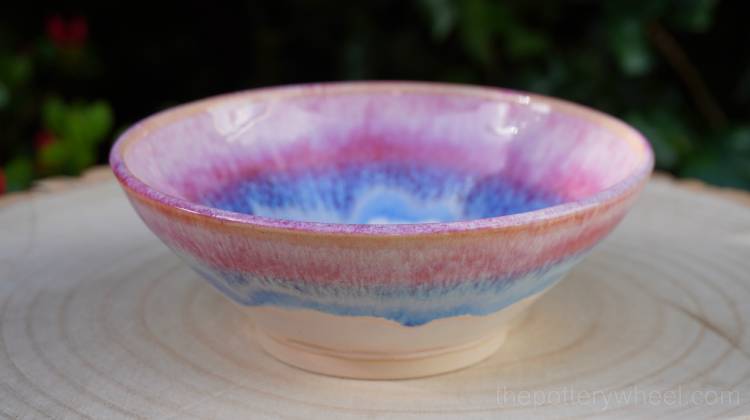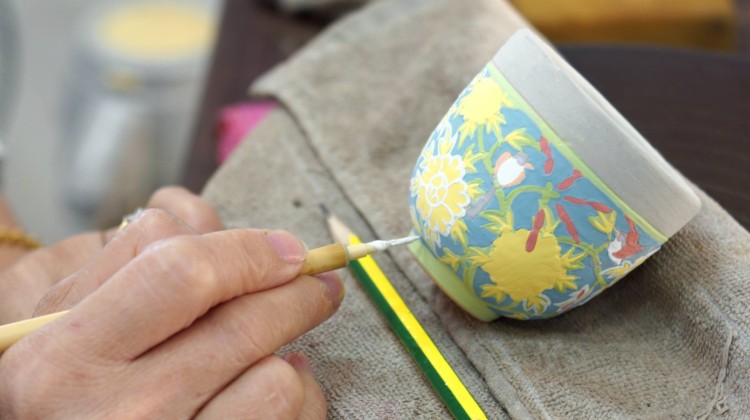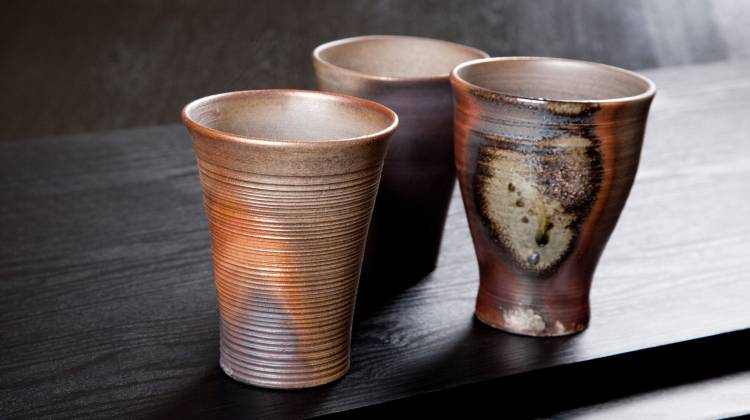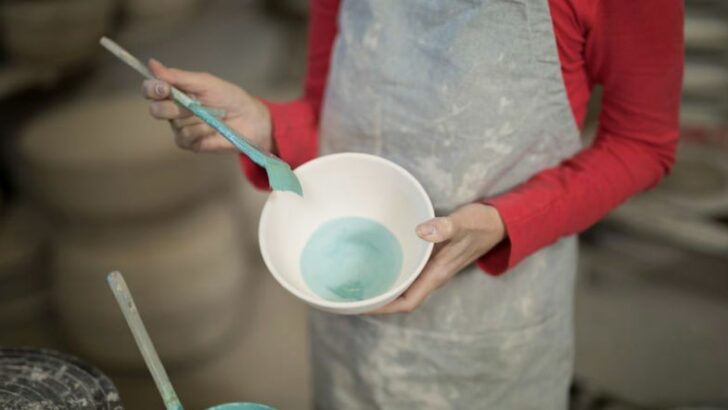Your cart is currently empty!
Glazing & Decorating
Why Is My Clear Glaze Cloudy? – How To Prevent Milky Glaze
Clear glaze is often used to enhance the colors of underglaze and slip decoration. It is also used to bring out the natural beauty of a particular clay body. But even a little cloudiness can ruin the look of a piece. So, what does turn clear glaze cloudy, and what can you do about it?…
Underglaze Smudging and Bleeding – How To Prevent It
Underglaze can be used for detailed and precise designs on your pottery. Usually, these designs will stay in place when they are fired. But sometimes underglaze can smudge, bleed, and run. What causes underglaze smudging and what can you do about it? There are three points at which underglaze can smudge or bleed. They are:…
Choosing a Pottery Glaze – A Beginners Guide to Glazes
If you are taking pottery classes, the chances are that the school or studio has some glazes for you to choose from. They may even glaze your pottery for you. But once you start buying your own glaze and glazing your own pots, you need to consider a few factors when choosing a pottery glaze.…
Underglaze Techniques – 16 Exciting Ways to Use Underglaze
Underglaze is an incredibly versatile way of decorating clay. So, I thought I’d put together an overview of some of the best underglaze techniques for inspiration. Different Underglaze Techniques If you don’t have time to browse through all these underglaze ideas, you can use the links below to jump to the section that catches your…
What is Flashing in Ceramics – And How is it Done?
Flashing refers to changes in the color, pattern and texture of pottery. It occurs naturally during firing when clay comes into contact with flame, wood ash or soda vapors. However, it is now a sought-after decorative effect and can be achieved in modern kilns by using flashing slips.
The Difference Between Underglaze and Glaze
Two of the most common ways to decorate pottery are glaze and underglaze. These sound similar, but they aren’t the same. So, what is the difference between glaze and underglaze? Glaze and underglaze are both used to decorate pottery. However, the main difference between underglaze and glaze is that underglaze is applied to the pottery…

